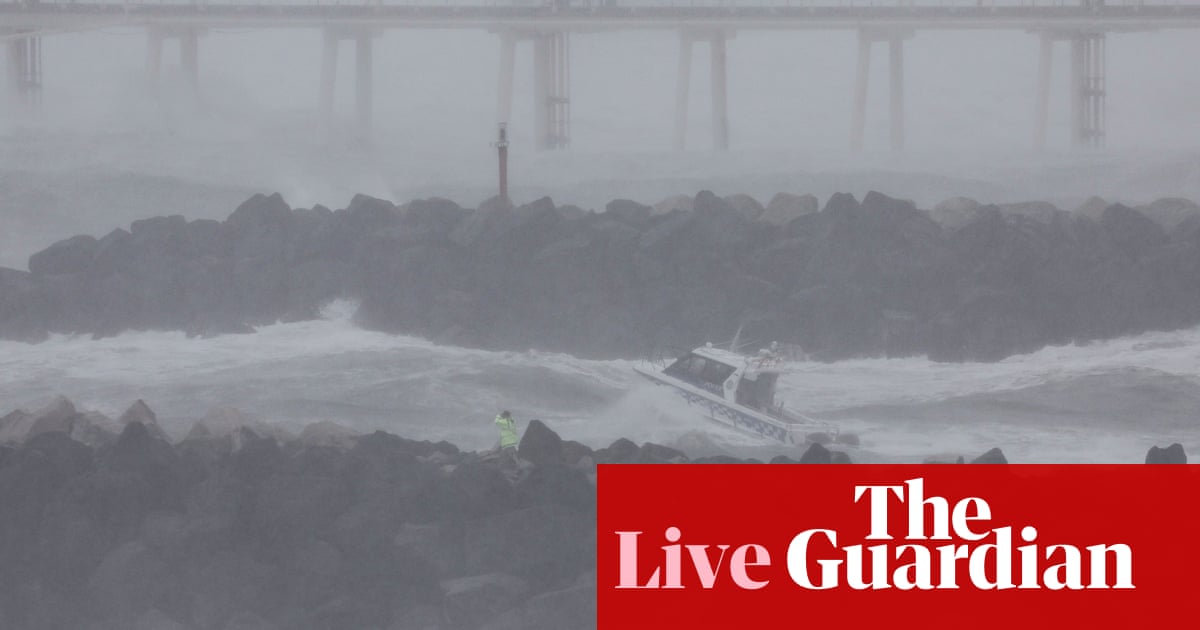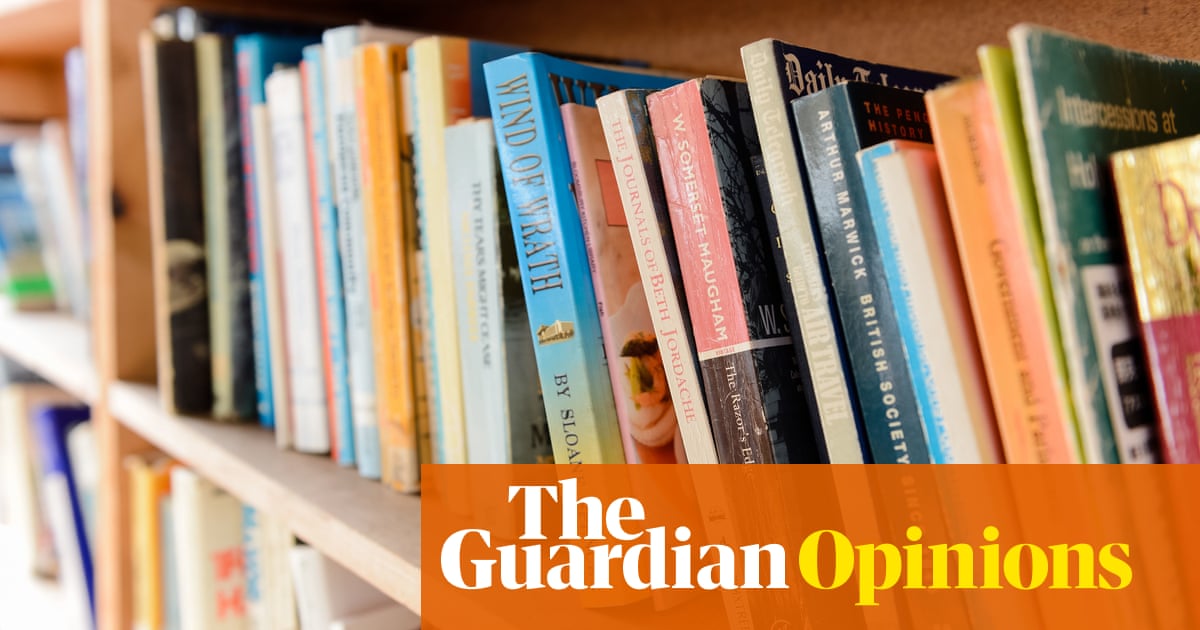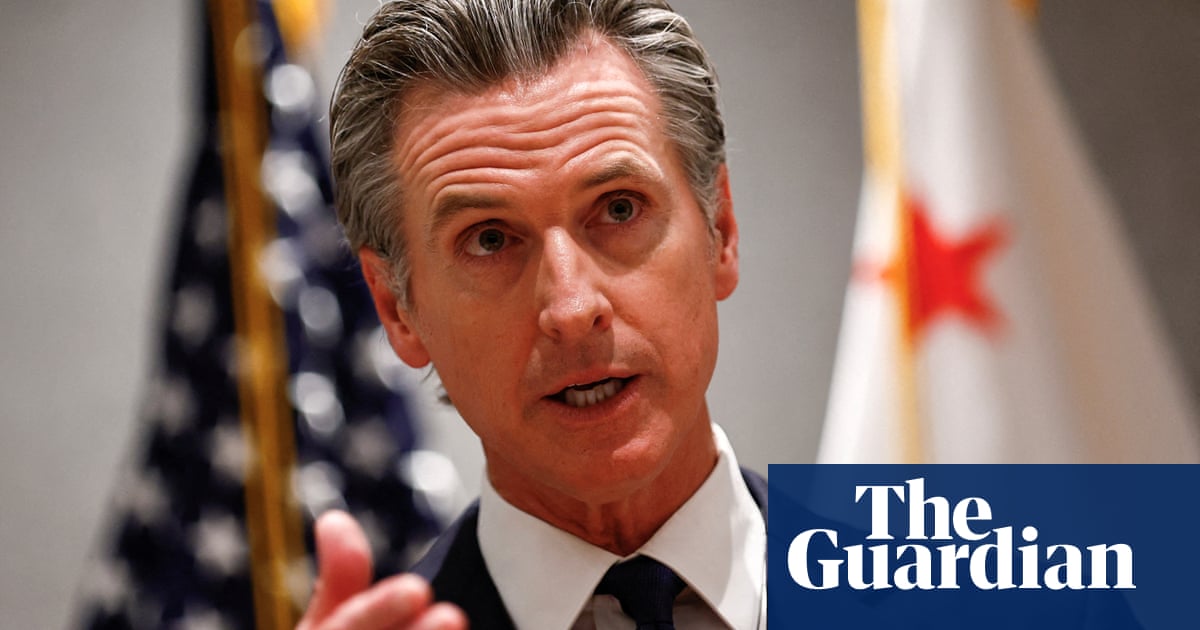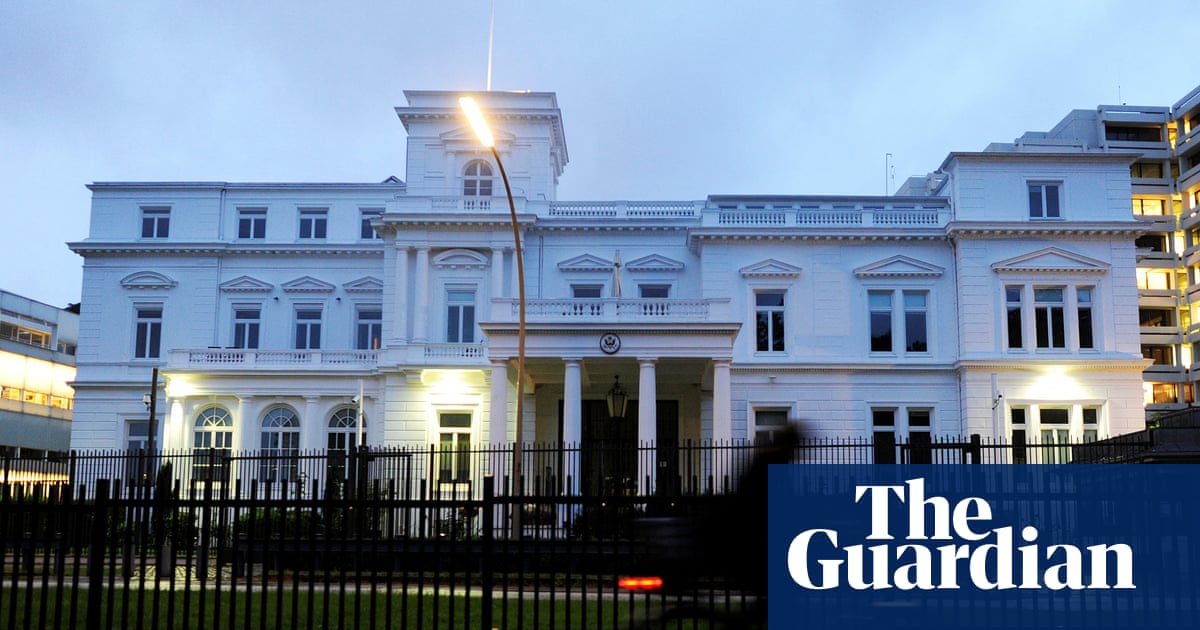Four years ago, when my son was only one-month-old, he and I were admitted to a mother and baby unit, a psychiatric ward that cares for people with perinatal mental health issues and their babies. I was diagnosed with severe postpartum anxiety and depression, and placed on medication. I had weekly sessions with the psychiatric team about my progress, and my son and I spent time with the other women on the ward and their babies. Every day, sometimes twice a day, my husband would come and see us and we would walk around Hackney as I tried to remember who I once was, tried to resist the temptation to step in front of a car. Gradually, horrifically, painfully slowly, I got a bit better. After eight weeks we were discharged and we went home.
But while I was no longer in a crisis situation, my mental health was extremely fragile. I had weekly calls with an NHS therapist who approached my illness in a methodical, precise way. She explained what was happening to me and why it had happened. I was desperate to put it all down to hormones, I wanted to run away from the corrupt version of myself and never think about her again, wanted to slice her out of my heart, my mind, bury her and spit on her grave. I was so embarrassed and ashamed of her, I hated her. But my therapist gently pushed back – it wasn’t just hormones, and I needed to find a way to accept that.
Two months later, I was still not in my right mind, still plagued by the knowledge that I had imagined doing terrible, evil things to my son. I knew that those intrusive thoughts were caused by my illness, but that didn’t make them any easier to live with. It was at this point that I started thinking about witches. Although, to be fair, I have always thought about witches. Many women have. Even this year for Halloween, my son wanted to be the witch from Room on the Broom – which was annoying because I’d already bought him a skeleton costume. And lots of women have a favourite witch: Glinda from The Wizard of Oz, The Witches of Eastwick, Samantha in Bewitched, and – for me personally – Mildred Hubble (The Worst Witch).
Witches represent female power and can be a celebration of our potency, but they are also often used as the embodiment of society’s ancient fears about women. Consequently many of us are afraid of turning into witches, transforming into hags and crones as we age, pushed to the edge of our communities, derided, ignored, hideous. For others, witches represent women who are out of control – they show us the dangers of an unhinged female, a vixen who doesn’t do as she is told. But I think for me, in that quiet, grey December, still so deep in my madness, witches represented hope.
I made a list of every witch film I could think of and watched them one by one while my son slept on my chest. As I did so I found connection and comfort. But while once I had loved the “good” witches who were pink and maternal, who only used their power to change their outfit or help a friend, I was now increasingly drawn to “bad” witches. Maybe the Wicked Witch of The West had a point when she wailed, “what a world, what a world, what a world!” as she melted into a cold stone floor.
I realised that actually what I needed was the courage to accept that the person I thought of as evil, pathetic and sick was, in fact, me. After that the bad witches became aspirational. They made me feel like I wasn’t alone. Maybe I wasn’t evil. Maybe I was just a witch?
In the summer of 1645, Matthew Hopkins, one of the most famous “witch finders” to clomp around the country in his little heeled boots, arrived in Suffolk. By this point, witch trials had been happening in England for more than 60 years, and Hopkins was notorious for uncovering witches wherever he went. In breaks from films while my son drank warm formula from his bottle (told you I’m evil), I read through the testimonies of the women accused in this trial.
Anna Moats had voluntarily confessed within two hours of her arrest. And the devilish deed she had performed? “Cursing her husband and children.” Anna knew that confessing to be a witch meant she would be put in a cart and driven through the streets, before swinging from the gallows, in front of her friends, family, possibly even her children. And yet she still confessed.
I called Marion Gibson, Professor of Renaissance and Magical Studies at Exeter University and asked why someone like Anna would confess – was it because of torture? “No, witches weren’t tortured in England.” My voice caught in my throat. So some women confessed without torture? “Yes.” And they knew they would die? “Yes. And no one is sure why they did that.” Huh. I have a theory.
To clarify – while there wasn’t torture, they did use sleep deprivation and intimidation. And they searched the women’s naked bodies for marks of the devil, which would have led to many coerced confessions. However, thanks to Professor Louise Jackson’s research, I learned that in a few of the Suffolk depositions, confessions had been made “freely”. Matthew Hopkins wrote that Rebecca Morris “confessed before any violence, watching [sleep deprivation] or other threats” that the devil came to her in the shape of a boy. Alicia Warner “freely being at her liberty confessed that she had entertained certain evil spirits”. Eliza Southerne confessed immediately, “The minister used no other argument to make her confess… [only] saying do wrong yourself, but clear your conscience.”
Very little research has been done into these “voluntary confessions” or why these women were so ready to condemn themselves to death. But reading through their testimonies I felt as if I knew. Scrolling through phone conversations I have with the women in my life, I felt like I knew. The guilt and the shame so many of us feel at not being good enough. The suffocating pressure we feel to be perfect. As Professor Louise Jackson writes, “In the production of confessions, coercion was as much cultural as it was physical. Frameworks of belief about women’s roles, responsibilities and expectations would lead women to condemn themselves… The Suffolk women who confessed that they were witches were also confessing that they were ‘bad’ mothers, ‘bad’ wives and ‘bad’ neighbours…” In my opinion very little has changed. They don’t need to torture us, we will do it to ourselves.

I also saw descriptions of mental illness within the confessions. Back then suicide attempts and depression were almost always linked to the devil, and those ideations feature prominently in the women’s testimonies. Lidea Taylor confessed “that her imps… counselled her to kill herself”. Ellen Greenelif confessed that “she was often tempted to kill herself”. Elizabeth Fillet confessed that “the devil tempted her to kill herself”. I also saw hints of postpartum depression and psychosis. Prissilla Collit confessed that the devil had tempted her to kill her children. She placed one of her children next to the fire to burn it, a sibling pulled it away. Mary Scrutton confessed that the “devil appeared to her twice, once like a bear, once like a cat and tempted her in a hollow voice to kill her child”. Susanna Smith confessed the day after her arrest that 18 years previously the devil had appeared to her in the form of a shaggy red dog and tempted her to kill her children.
I contacted Dr Trudi Seneviratne, a psychiatrist who has saved countless lives through her work at the Bethlem Mother and Baby unit, part of South London and Maudsley hospital. She nodded as she read the testimonies from 1645, recognising symptoms of postpartum mental health illness. She said that even today the devil still appears in cases of psychosis, women will see themselves as witches, hear satanic voices telling them to do terrible things.
One of the most tragic cases of postpartum psychosis happened in 2001 when Andrea Yates, a Texan mother, drowned all five of her children in the bathtub during a psychotic episode. Yates later said that she thought she was a bad mother and had condemned them to hell. When I read about Andrea and her family I sobbed. While I didn’t have psychosis I knew how close I had come to her experience. Many of my symptoms were similar to hers – mania, restlessness, depression.
I was withdrawn, tearful, my anxiety so severe I couldn’t sleep. Most alarming, though, was that a few days before I was admitted to hospital I started to believe that ending my son’s life was the only way out of the torture I was experiencing. If I hadn’t received help so quickly, who knows what would have happened – women with these illnesses can deteriorate shockingly quickly. Postpartum psychosis symptoms usually start within hours or days of giving birth and presentations can change within minutes. For a general patient suffering from psychosis it could take months to see the same changes. It’s one of the rare instances where a psychiatric episode is considered an emergency.
I think about Andrea all the time. She currently lives in a low-security state mental hospital and though she has been eligible for release for many years, she always refuses. Thankfully cases like hers are not common, but they still happen, and while in the UK the Infanticide Act, which was re-enacted in 1938, ensures lenient sentencing for a mother who kills her child during the first year of its life, in the US there is no such protection.
On 4 January 2023, Lindsay Clancy of Massachusetts strangled her three children then slit her wrists and jumped out of a window. She survived, but her children did not. Now paralysed from the waist down, she’s on trial for homicide. Clancy, whose youngest child was only eight months old when he died, said she strangled the children during a “moment of psychosis”. The prosecution are depicting her as a sociopath who murdered her children, then faked a suicide attempt. They claim she’d been behaving normally on the day of the tragedy and had never mentioned anything suggesting a psychotic break, just “a touch of postpartum anxiety”.
Any woman who has experienced perinatal mental health illness will not be surprised that Clancy was reticent to talk explicitly about what was happening to her. My friends and family were incredibly supportive during my illness, but I was scared to tell them everything I was thinking and feeling. Including how, in the days before my hospitalisation, my brain had started playing a constant loop of hideous scenes. I saw myself smothering our son with a pillow, dropping him from a window on the third floor, drowning him in the bathtub. And yet I loved him more than I had ever loved anyone or anything. It was so scary, so horrifying. I didn’t want to burden them, but also I didn’t want it to be true. So I would convince myself I was making a big deal out of nothing.
What finally shifted things for me was joining Motherly Love, a support group filled with women from different backgrounds who have experienced perinatal mental health issues. All of them understood. Whatever terrifying thoughts I was having, someone else had had them, too, and they’d survived. The group became a vital source of hope, support and anecdotal knowledge, which didn’t seem to be accessible anywhere else. It was those women who recognised the severity of my symptoms and urged me to get immediate care. They saved my life simply by sharing how they were feeling and making sure I knew I wasn’t alone.
Suicide continues to be the leading cause of maternal death between six weeks and 12 months after birth, accounting for 39% of deaths in this period. And despite increased funding and awareness, suicide rates have increased 15% in 10 years. I think a huge part of that is the suffocating pressure women feel to be perfect.
My illness began with hormones, but was exacerbated by the stigma, guilt and shame that started the second I left hospital with my tiny son and realised I’d unlocked the door to yet another torture chamber for women. We must be mothers and when we’re mothers, we must be perfect mothers. We must breastfeed our babies, they must sleep well, if they’re in childcare it has to be the very best childcare, we have to be killing it in our careers, and still be present and calm for our children, we must stay youthful, we cannot put on weight. We must behave. And above all, we must be good.
It is impossible, we all know it is impossible, and yet we keep trying, and we keep failing, and when we fail we internalise the shame and the guilt because that is what we have been conditioned to do, and it eats away at us.
Going through my illness has changed me in so many ways, but I think the greatest gift it has given me is the realisation there are infinite ways to be a woman. And I’ve given up on being a good mother – I failed at that after only one month. Which is actually incredibly liberating. These days I just feel so lucky to still be here. To hold my son’s warm body every morning when he wakes up, to watch him eat a slice of birthday cake in rapturous silence. I am lucky I have been given the opportunity to feel acceptance and even love for that dark twisted version of myself I once hated so much. I would miss her if she ever went away. And I am so lucky that I get to age. Far too many of us don’t. I plan to fly towards it like the witch I am, wild and mad, flawed and imperfect.
Elizabeth Sankey’s documentary film, Witches, will stream on MUBI from 22 November 2024
If you’ve been affected by any of these issues, go to Maternal Mental Health Alliance or Action on Postpartum Psychosis

 3 months ago
54
3 months ago
54













































